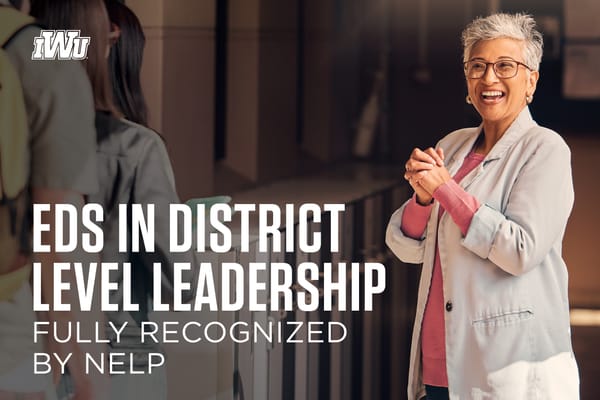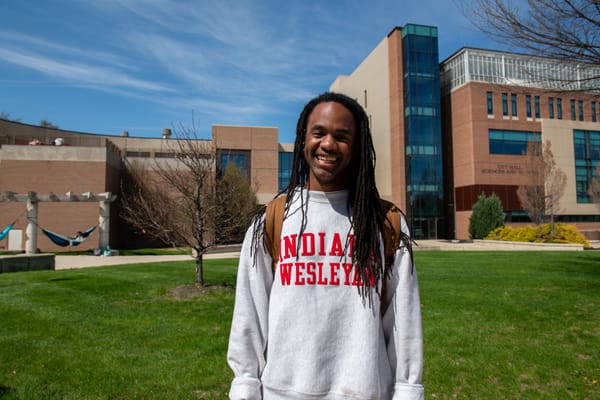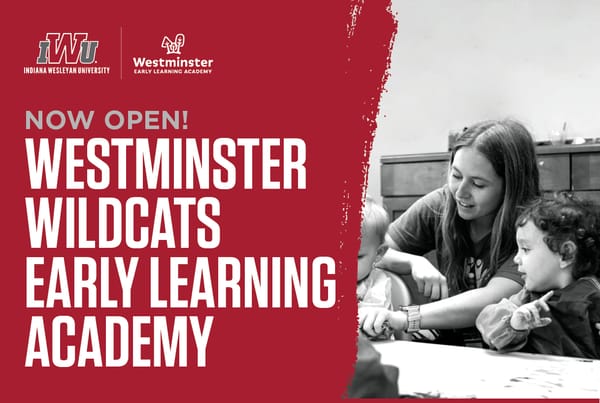How to Attend College in the US: Exploring the American Dream of Education

The Benefits of Studying in the US for International Students
The United States has long been a beacon for higher education, offering unparalleled opportunities for international students. From prestigious universities to diverse cultural experiences, studying in the US opens doors that extend beyond academic achievement. For foreign students, the US is a top destination due to its robust educational system and the various visa processes that facilitate their enrollment. By immersing yourself in a unique environment, you gain access to world-class resources and forge connections that can last a lifetime.
For many global learners, the idea of studying in America isn’t just about the degree; it’s about the holistic growth that comes with it. The blend of academic rigor and the vibrant campus life provides a fertile ground for personal development. Whether it’s engaging in cutting-edge research or participating in student organizations, the US offers a dynamic ecosystem for growth.
Overview of Higher Education in the United States
Higher education in the United States is renowned for its diversity and excellence, attracting international students from all corners of the globe. The US education system offers a vast array of academic programs and research opportunities, making it a top destination for those seeking advanced knowledge and skills. With institutions ranging from large research universities to small liberal arts colleges, the US provides an environment where students can thrive academically and culturally.
International students are particularly drawn to the US for its commitment to academic excellence and innovation. The opportunity to engage in cutting-edge research, access world-class resources, and immerse oneself in a culturally diverse environment makes studying in the US a unique and enriching experience. Whether you’re pursuing undergraduate or graduate studies, the US education system is designed to foster intellectual growth and personal development.
Preparing for College Applications
Understanding the Process
Begin your US college application journey by familiarizing yourself with the timelines and requirements. Typically, applications open in the fall for admission the following academic year. Research is key; understanding what each institution expects can greatly improve your chances of acceptance.
Crafting a Compelling Application
Your application is more than just a collection of documents. It's your story and your chance to stand out. Take time to craft a personal statement that reflects your passion, resilience, and curiosity. Seek feedback from teachers and peers to ensure your application truly represents who you are.
Navigating the US College System
Types of Institutions
The US boasts a variety of educational institutions, each with its own strengths. To qualify for an F-1 visa, students must enroll in an accredited academic institution approved by the Student and Exchange Visitor Program (SEVP). From large public universities to private liberal arts colleges, the choices are vast. Public universities often offer a broad range of programs, while smaller colleges might provide a more intimate learning environment.
Strengths of Different Institutions
Decide what type of experience you're looking for. Large universities provide extensive resources and research opportunities, whereas liberal arts colleges often focus on a well-rounded education in smaller class settings. Consider whether you prefer the energy of urban campuses or the tranquility of rural settings.
Choosing the Right Fit
Your choice of institution should align with your academic and personal goals. For those interested in advanced degrees, it's important to consider universities that offer graduate programs. Explore programs that excite you and consider campus culture and location. Campus visits and virtual tours can offer valuable insights. Remember, the right fit goes beyond academics; it’s about where you’ll thrive personally and socially.
Understanding Student Visa Requirements
Step-by-Step Guide
Securing a student visa is a critical step in your US education plan. Be aware that a visa issuance fee may apply after the visa interview if your application is approved. Begin the process by obtaining an I-20 form from your chosen institution. This document is your ticket to applying for an F-1 student visa, and lists the expiration date of your program. While there are also other types of student visas (M, a visa waiver, or the visitor (B) visa) none of these will work for the purposes of attending a college and obtaining a degree. After receiving your I-20, the Student and Exchange Visitor Information System (SEVIS) will record your SEVIS ID, program start and end dates, intended program of study, funding sources, costs of attendance, and other personal information.
Prior to seeking your F-1, you will also need to be enrolled full-time in your chosen institution, possess the English language proficiency score required by your university (or be enrolled in courses to improve it), prove that you have sufficient funding to finance your studies and expenses, and possess a residence in your home country to return to. You will then need to pay your SEVIS fee (approximately $350 on average), complete your DS-160 visa application, and schedule your visa interview with the nearest US embassy or consulate as early as possible in case of long wait times.
Essential Documents
The application process involves several key documents. You’ll need a valid passport, which must be valid for at least six months beyond the completion date of your program, for the F-1 visa application. You’ll also need your academic transcripts, standardized test scores such as the SAT or ACT, a copy of the photo you would like on your visa, printed copies of your DS-160, and 1-901, SEVIS payment confirmation, I-20- form, proof of finances, and proof of English proficiency (often through TOEFL or IELTS). Letters of recommendation and a personal statement are also crucial components, providing a glimpse into your personality and aspirations.
Navigating the Visa Interview
Preparation is key for your visa interview. Students enrolling in a language training program will also need to obtain a specific student visa. Be ready to discuss your study plans, financial means, and intentions post-graduation. Practice answering common questions confidently and honestly. Remember, the goal is to demonstrate your intent to return home after completing your studies. You will also have your fingerprints scanned during the interview, and after your visa is approved you may need to. pay an issuance fee and make arrangements for your passport and visa to be sent to you.
Maintaining Student Visa Status
Maintaining your student visa status is crucial for a successful academic journey in the US. As an international student, you must adhere to the terms and conditions of your visa to avoid any legal complications. This includes attending classes regularly, making satisfactory progress towards your degree, and refraining from unauthorized employment.
Keep all your visa-related documents secure and up-to-date, make sure to enter the US no more than 30 days before your program begins, and immediately contact your designated school officer (DSO) upon entering the US. Failure to maintain your student visa status can lead to serious consequences, such as deportation and ineligibility for future US visas. Staying informed and compliant with visa regulations will help you focus on your studies and make the most of your time in the US.
Breaks, Vacations, and Extensions
If extra time is needed to finish your degree, speak with your DSO about receiving an extension. You must also make sure to finish a full academic year prior to any vacations or breaks from your program, as well as making certain to register for classes the next academic term, to make your academic investment evident. Make sure to keep all related documents secure and understand the terms of your visa, including maintaining full-time enrollment status throughout your study.
Financing Your Education
Understanding Costs
Higher education in the US can be costly, but careful planning can make it manageable. Tuition fees vary widely depending on the institution and program. Additionally, factor in living expenses, health insurance, and travel costs.
Scholarships and Financial Aid for International Students
Many universities offer scholarships specifically for international students. Research these opportunities early and apply diligently. Organizations like the Fulbright Program and EducationUSA can also provide information on scholarships and grants.
Managing Expenses
Financial planning doesn’t stop at securing funds. Create a realistic budget to manage day-to-day expenses. For F1 visa students, curricular practical training can be a potential work opportunity for those who qualify. Consider part-time work opportunities on campus, which can help supplement your income without overextending your time and energy. Some universities might even allow you to work off campus, although you should communicate with your DSO before pursuing these opportunities to ensure they are fully legally allowed. It is also important to keep in mind that the maximum period of time you can legally work per week is twenty hours, regardless of the job.
Settling in the US
Adapting to American Culture
Adjusting to life in the US involves navigating cultural differences and new social norms. Engage with fellow students and local communities to ease the transition. Understanding cultural nuances can enrich your experience and help you form lasting connections.
Student Life and Support Services
Most colleges provide robust support services to help international students integrate smoothly. Graduate students often play significant roles within universities, including taking on teaching responsibilities in undergraduate courses. Take advantage of orientation programs, counseling services, and student organizations to build your network and find your niche within the campus community.
Building a Home Away from Home
Creating a sense of belonging is essential. Participate in cultural events and social gatherings to meet new friends and share your culture. Building a support system will make your time in the US more enjoyable and rewarding.
Options Beyond Graduation
After graduation, some students are eligible for Optional Practical Training (OPT). This allows students to extend their stay in the US for twelve more months on average, with some STEM graduates being able to stay for up to three years beyond their original F-1 visa expiration date.
Making the Most of Your College Experience
Academic Growth
US colleges are renowned for fostering academic innovation. Take advantage of research opportunities, internships, and study groups. Collaborate with faculty and peers to deepen your understanding and broaden your perspective.
Personal Development
College is not just about academics; it's a time for personal growth. Engage in extracurricular activities, explore new hobbies, and push your boundaries. These experiences will enrich your life and enhance your skillset.
Long-Term Connections
The relationships you build during college can have lasting impacts. Network with classmates, professors, and alumni. These connections can lead to valuable professional opportunities and friendships that last a lifetime.
Conclusion
Attending college in the US as an international student is a life-changing experience filled with opportunities for growth, learning, and exploration. By carefully preparing your applications, understanding the visa process, and engaging fully in campus life, you’ll set the foundation for a successful educational journey.
Remember, education is not just about acquiring knowledge but also about developing skills and relationships that will serve you throughout your life. Whether in the classroom or beyond, the experiences you gain will shape your future in profound ways. If you're ready to start this exciting journey, now is the time to take that first step. Explore further resources, connect with current students, and leap with confidence into the world of possibilities waiting for you in the United States.





